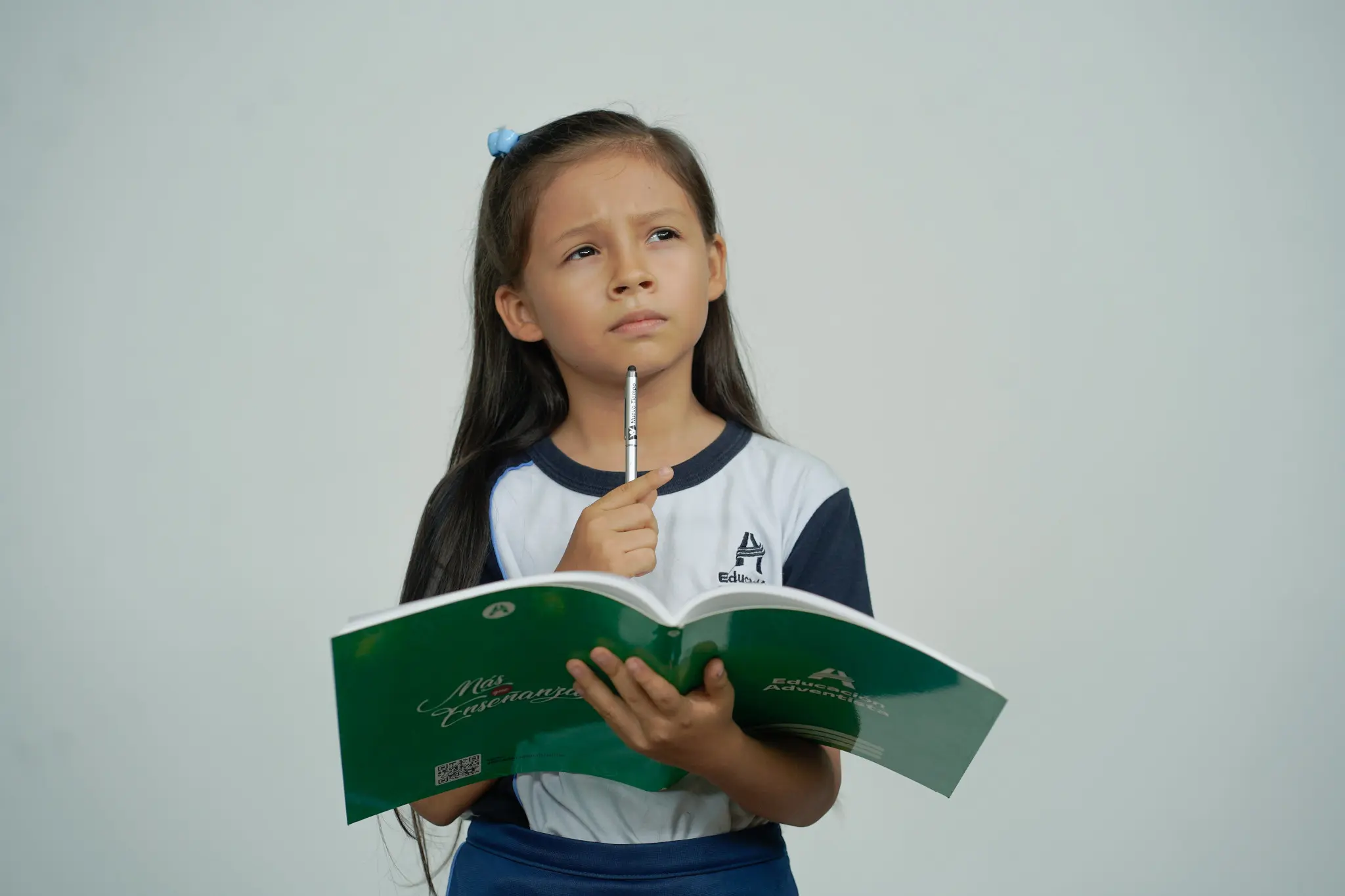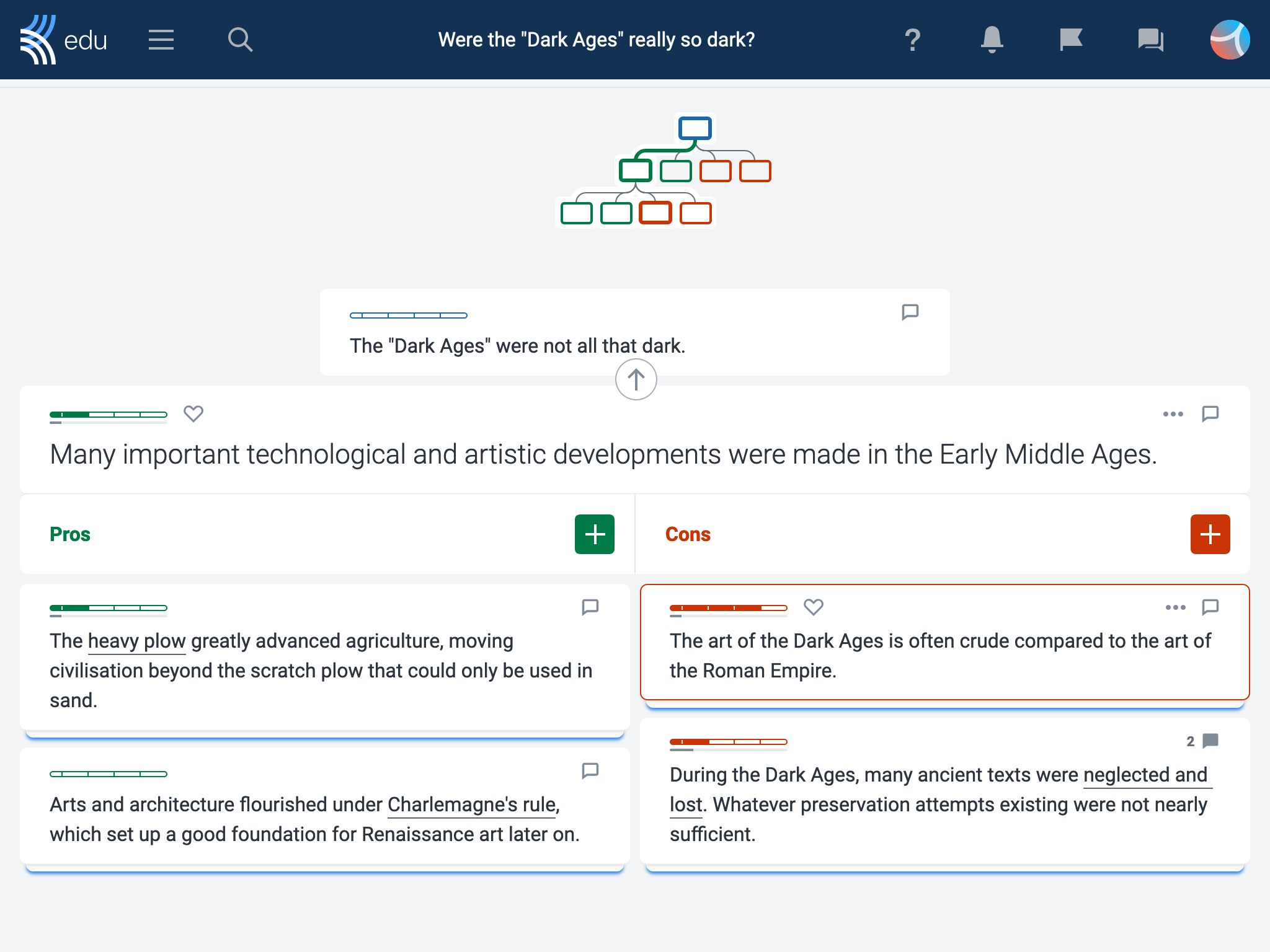The names and groundbreaking work of Piaget, Vygotsky, and Dewey should be familiar to most educators, and for good reason: Their ideas on constructivist learning theory continue to shape education today. Constructivism is an active learning method that has many benefits — including opportunities to build students’ critical thinking skills.
So, let’s delve into constructivism and explore its benefits, including its role in fostering students’ critical thinking.
What is constructivism?
Imagine your students as construction workers. As their supervisor, do you provide them with the exact blueprint and building methods to ensure that students create identical structures? Or, do you guide students in using their own designs and methods, leading to a selection of unique buildings?
The second option represents constructivism. Students construct their own knowledge through discovery, experimentation, and interaction. Then, they assimilate and accommodate new information within their existing schemas. As a result, each student gains a unique set of knowledge and skills from every learning experience.
What are the origins of constructivism?
Psychologist Jean Piaget laid the foundations of constructivism. In contrast to the behaviorist theories of the time, Piaget viewed learning as an active process where learners develop knowledge by engaging with their environment. Students then connect this new information with prior experiences to construct cognitive schemas.
Similarly, Vygotsky also acknowledged the importance of connecting new and existing knowledge. However, his theory of social constructivism emphasized the social and cultural aspects of learning. He believed that learners build knowledge through interactions with others.
Finally, John Dewey’s interpretation combines these viewpoints, focusing on the importance of experiential learning and social interaction within a meaningful context.
How does constructivism build students’ critical thinking skills?

Critical thinking is a vital 21st-century skill for students to master. It describes the ability to analyze and evaluate information in order to make reasoned judgments. By employing constructivist principles in the classroom, educators can provide students with many opportunities to practice their critical thinking skills.
Let’s explore how you can use the main principles of constructivism to build students’ critical thinking skills.
Principle #1: Students construct knowledge independently to build critical thinking skills
In the constructivist classroom, educators encourage students to apply critical thinking skills to evaluate the reliability and credibility of information used to build knowledge.
When students judge the information to be useful, they analyze how to assimilate or accommodate it into their existing schemas. Thus, educators should design plenty of open-ended learning experiences for students to use their critical thinking skills to construct their own knowledge.
Principle #2: Students take responsibility for their own learning
Constructivism emphasizes students’ active engagement in the learning process. Giving students responsibility for their own learning motivates them to critically think about topics, constructing a deeper knowledge base.
Motivated students also practice their critical thinking skills by pursuing independent lines of inquiry, researching and evaluating additional sources of information, and designing creative solutions.
Principle #3: Students explore multiple perspectives through interaction with others
Constructivism promotes a collaborative learning environment, where students build knowledge together. Through sharing ideas and viewpoints, students learn to justify their thoughts with evidence.
As they encounter their peers’ diverse perspectives, they must critically evaluate how each idea connects to their own existing knowledge. This helps students consider multiple perspectives on topics, a core component of thinking critically.
Principle #4: Students use metacognition skills to reflect on the learning process
Engaging students in critical thinking through self-reflection and self-questioning maximizes the benefits of the constructivist approach. They learn to identify and address gaps in their own knowledge to help transfer their knowledge and skills to new contexts.
Students also learn to evaluate their progress toward personal goals and critically reflect on their own strengths and target areas. Armed with this information, students can adapt their learning strategies accordingly, as part of the continuous cycle of learning.
Principle #5: Students engage in meaningful learning experiences
The constructivist approach emphasizes the importance of students participating in authentic and relevant learning experiences. By immersing themselves in real-world projects, students deepen their learning and actively apply their critical thinking skills to plan and evaluate the most effective strategies for achieving the project’s objectives.
How can students use Kialo Edu in the constructivist classroom?
Kialo Edu’s argument-mapping platform is an ideal tool for building students’ critical thinking skills in the constructivist classroom. Each Kialo discussion provides a meaningful context for students to build or apply their knowledge independently.
Educators can scaffold students’ initial contributions by providing background information and top-level claims; then, the onus is on students to build their knowledge and construct the discussion.
So, let’s explore further how Kialo discussions align with the constructivist principles mentioned above.
Constructing knowledge: Students use the Kialo discussions as a framework for knowledge

- The argument map acts as a visual representation of students’ increasing knowledge as they add claims to it. Teachers can then guide students to help them identify any gaps in learning.
- Students can develop their source analysis and evaluation skills by researching and composing claims independently.
- Students can continually build their knowledge over multiple lessons, as there is a permanent record of the discussion. As students update the argument map with new information, they embody learning as a continuous process.
Taking responsibility for learning: Give students ownership of discussions
- Assigning students different roles in discussions increases their ownership of learning. As writers, students add and edit their own claims. In the role of editor, they can take more responsibility for discussions by reviewing all the claims. And for students to take full ownership of learning, they can create their own discussions!
- The platform breaks down arguments into understandable chunks. This helps students connect ideas and identify gaps in reasoning when pursuing independent lines of enquiry.
- Students are prompted to research and evaluate additional sources of information as they identify different facets of arguments.
- Kialo discussions have a range of tools that allow educators to step back while closely monitoring and guiding discussions as necessary.
Collaboration: Students work together to build knowledge
- Students can collaborate on the same discussion, or educators can assign teams different aspects of a topic to research in a jigsaw format.
- Collaboration within a discussion encourages students to strengthen claims with evidence and to recognize and challenge bias in other students’ ideas.
- Working with others encourages students to evaluate multiple perspectives on a topic.
- If the goal of a discussion is to explore the topic, rather than win the debate, Kialo discussions encourage students to extend each other’s knowledge.
Metacognition: Students use the argument map to review and reflect on learning
- When writing claims, students must reflect on their own thinking to decide on the most effective way to communicate their ideas.
- Students can use Kialo discussions to review their learning, which helps assimilate and accommodate new knowledge into existing schema.
- Seeing a visual representation of their discussion contributions facilitates students to evaluate their knowledge of the topic.
Meaningful learning experiences: Students engage in discussions on real-life issues
- Educators can select from a host of discussion topics that are both relevant to the curriculum and meaningful to students, such as whether the costs of AI outweigh the benefits, or whether 16-year-olds should be allowed to vote.
- The versatility of Kialo Edu discussions makes them ideal for motivating students when discussing meaningful topics. For example, try increasing engagement by having students complete a discussion in the roles of the key players in World War I.
- Students are sure to have a lot to say on real-life issues. Having to wait their turn in a traditional discussion may zap students’ motivation, but on Kialo Edu, all students can contribute instantly and simultaneously to a discussion, maximizing their engagement.
- When discussing sensitive and controversial topics, educators can make discussions anonymous to encourage students to make honest contributions.
It is clear that the constructivist approach of Piaget, Vygotsky, and Dewey still has a place in your classroom today. You can engage your students in constructing knowledge — and develop their critical thinking skills — through meaningful, collaborative activities like Kialo discussions!
We would love to hear how you are using constructivism to build your students’ critical thinking skills. Contact us at feedback@kialo-edu.com or on any of our social media platforms.

